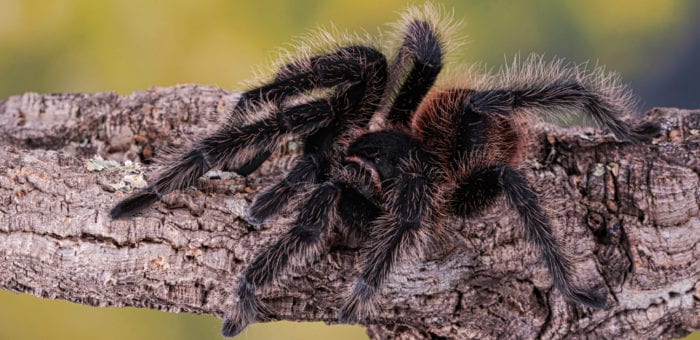Horsfields Tortoise – Agrionemys horsfieldii
Horsfield tortoises (note correct spelling, not Horsefields) have a multitude of common names, one being the Russian tortoise. They do occur in Russia, but more correctly they are further widespread - Pakistan, Iran, and Afghanistan, extending into western China and into South Eastern Russia. The occur in mainly dry terrain, but often in areas that will still allow lush vegetation to thrive. Being a widespread tortoise they are a hardy tortoise that can experience high and low extremes of temperature within the range. However it must be remembered that they will dig burrows to escape those extremes, both aestivating and brumating, and in some parts of their range they do both. A very hardy tortoise species indeed. In reality these natural extremes have evolved this species to be a little…

